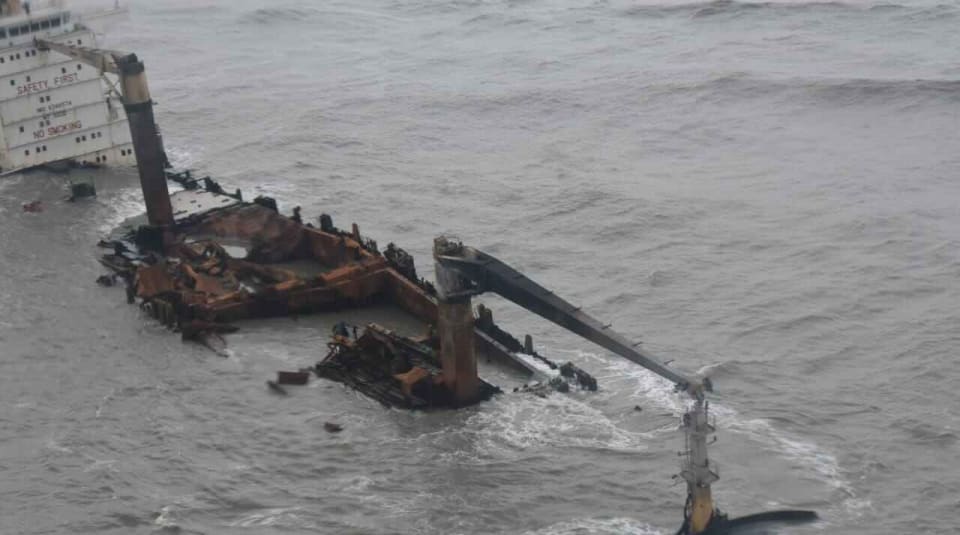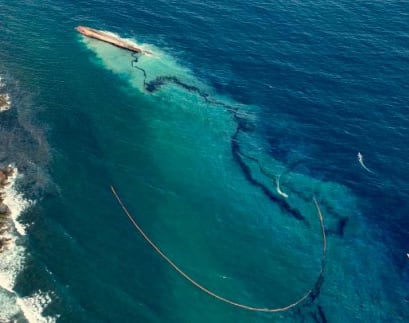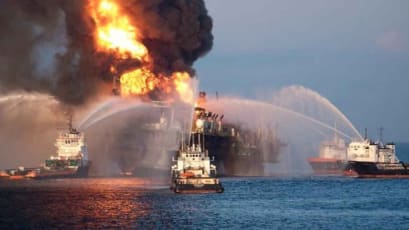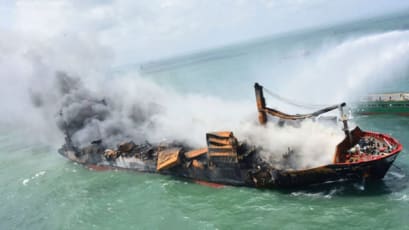Protecting the Sundarbans: OSRL’s strategic response to the SSL Kolkata crisis
An explosion followed by a fire on the SSL Kolkata prompted a multi-agency response to prevent environmental disaster in India's Sundarbans region, a UNESCO World Heritage site.
Background
On June 13, 2018, the SSL Kolkata, a 150-metre general cargo vessel carrying 464 containers and 350 cubic meters of heavy fuel oil, caught fire. The fire rapidly spread across 70% of the cargo deck, forcing the vessel’s master to order an immediate evacuation. The Indian Coast Guard rescued all 22 crew members as the vessel drifted seven nautical miles off the Sundarbans, a region critical for its rich biodiversity, including mangrove forests and the Bengal tiger.
Response activation and context of OSRL’s involvement
The International Tanker Owners Pollution Federation (ITOPF) activated OSRL on 4 July 2018, under the ResponseCon contract—its first operational deployment. This enabled a rapid and streamlined response, in contrast to previous third-party agreements. OSRL deployed a specialised team and equipment, including a Current Buster 2 system and an aerostat for aerial surveillance.
Following activation, OSRL swiftly arranged visas and mobilised a five-person team to India. The first responders arrived on 8 July, prepared to assess vessels, coordinate with local agencies, and conduct logistical planning. OSRL’s scope included addressing the lack of an Incident Management System (IMS) among salvage operators and mitigating operational risks posed by monsoon conditions.
Main goals and priorities
- Protect the Sundarbans' vulnerable ecosystems from potential oil spills.
- Support salvage operations to offload heavy fuel oil safely.
- Enhance incident coordination by implementing a suitable IMS framework.
- Conduct surveillance and assessment to guide effective response actions.
Unique challenges
- Monsoon conditions: High seas and sporadic winds delayed equipment transfers and operations.
- Shallow waters: Depths near the vessel complicated containment efforts and vessel movement.
- Logistical barriers: Lack of road access required multi-stage equipment and personnel transfers via ports and vessels.
- Coordination issues: Salvage teams initially lacked structured incident management processes.
Response methodology
- Vessel and equipment assessments:
- Conducted vessel safety evaluations using the Vessels of Opportunity procedure, approving only 8 out of 19 vessels for operations due to safety and suitability.
- Aerial surveillance:
- Utilised the Aircraft of Opportunity procedure to assess and approve Indian Coast Guard aircraft for spill surveillance. Explored feasibility of deploying the Indian Navy’s air dispersant application system.
- Equipment deployment:
- Mobilised and tested the aerostat system for offshore surveillance despite challenges with helium logistics and data connectivity. Deployed the Current Buster 2 for potential containment scenarios in shallow waters.
- Logistical coordination:
- Developed a detailed helium supply and resupply plan for extended aerostat deployment. Managed equipment clearance and staged deployments via the Namkhana port for offshore transport.
Results
- Salvage teams successfully offloaded heavy fuel oil by 18 September 2018, preventing environmental damage.
- Continuous assessments confirmed no oil spills reached the Sundarbans or surrounding areas.
- OSRL completed 229 man-days on the response, contributing to a coordinated and environmentally protective outcome.
Key learnings
- Implementing an IMS early in a response enhances multi-agency coordination and communication.
- Addressing logistical challenges, such as shallow water navigation and remote site access, is critical for success.
- Streamlined processes under the ResponseCon contract significantly improved mobilisation efficiency.
Why choose OSRL
With decades of experience and a global team of experts, we provide proven solutions tailored to diverse challenges. Our extensive inventory of specialised equipment enables swift and effective responses to spills of all magnitudes. We collaborate with local organisations and regulatory bodies worldwide, ensuring seamless integration and alignment in response operations. By leveraging the latest advancements in spill response, we continuously enhance our methods and capabilities to address evolving environmental and industry needs.
Want to talk about spill response?
OSRL offers a holistic approach to spill response, with solutions for offshore, inland and subsea incidents. Our teams are trained to operate in all environments—from remote regions to extreme cold—and bring specialised capability to all aspects of spill response, including areas like oiled wildlife that require specific expertise. Our members get access to technical advisors, our Global Dispersant Stockpile, Aviation Services, and Equipment Hire solutions.
Find out more about our Membership options.





